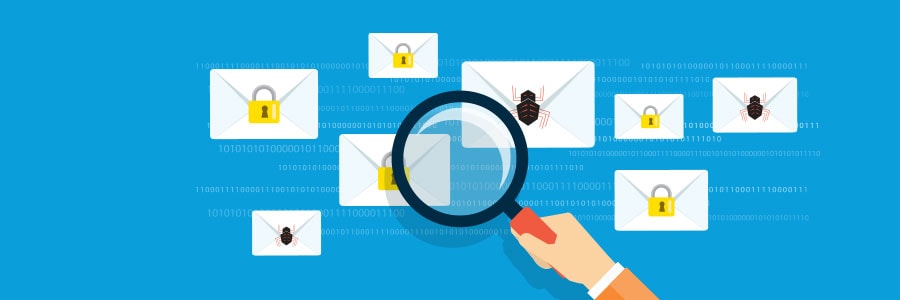Cybercriminals are always devising ways to attack both individuals and businesses inconspicuously. This helps them avoid detection, which buys them time to infiltrate a system and take hold of information they can leverage for a bigger attack. One way crooks do this is through distributed spam distraction (DSD) schemes. What is DSD? DSD is a… Continue reading Here’s what you should know about distributed spam distraction
Here’s what you should know about distributed spam distraction





